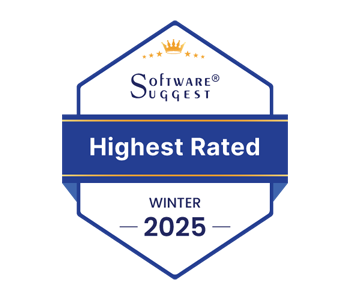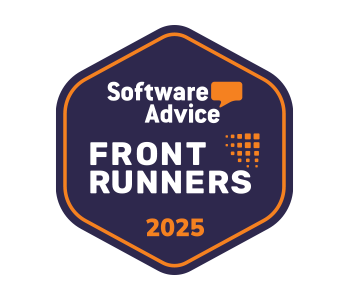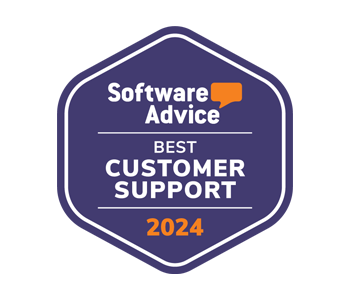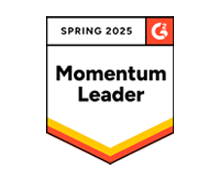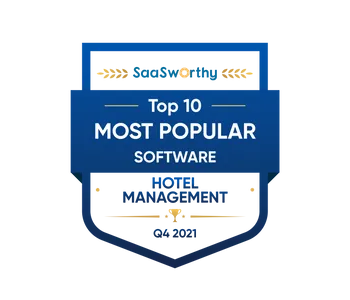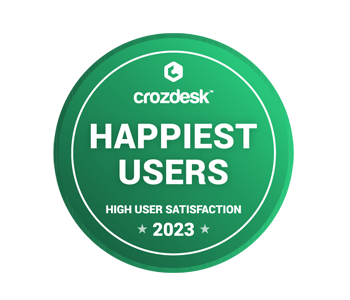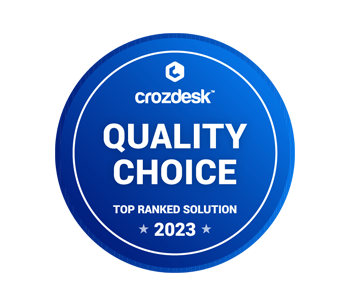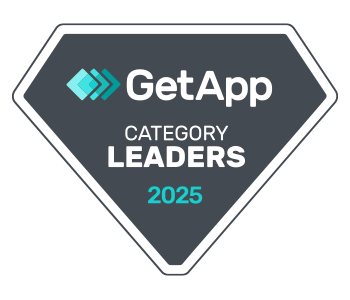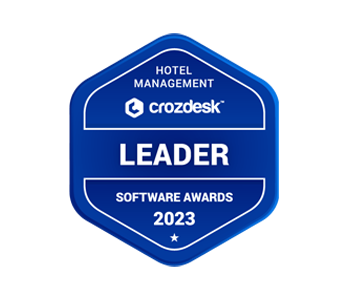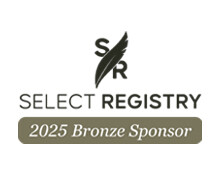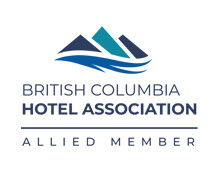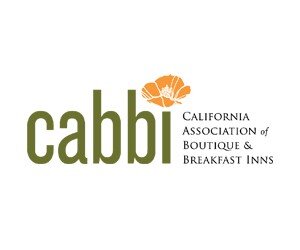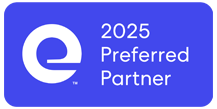The word “target” comes up a lot in marketing, which makes archery a useful analogy. When shooting a bow and arrow, you need to have a target or you’re simply shooting arrows all over the place no matter how skilled of an archer you are. Now set up a target, complete with concentric circles and a bull’s eye.
Using this analogy, customer segments are your hotel’s targets and your research and data are what helps you hone your shot. Without identifying your targets, your marketing campaigns, ads, and website content are too broad. It’s easy to miss the mark when there isn’t one.
Rather than trying to reach a wide audience with a broad message, guests respond to personalized content and campaigns that speak to them. The key is to identify the various types of customers your hotel attracts—and we’re going to help you do just that. Keep reading to learn more about customer segmentation and how to use it for increased bookings. You’ll understand why segmentation is important, how to segment hotel customers, what data to collect from your customers, and how to turn that data into bookings using technology you’re maybe already using. So let’s dig in!
How Should I Segment My Hotel Guests?
Market segmentation organizes your hotel guests into various groups based on a shared set of characteristics. In marketing, there are four main standard customer segments:
- Demographic: categorizes characteristics such as age, gender, lifestyle, interests, occupation, education, and income.
- Behavioral: looks at how guests like to purchase, the reason for purchase, problems they want solved, and loyalty status.
- Geographic: involves where people live, work, or travel.
- Psychographic: includes personalities, desires, opinions, attitudes, and social status.
While these groupings are standard, each hotel may identify other segments specific to their property based on their unique selling proposition (USP). For example, if your hotel is located next to a state park with outdoor activities, you may already know that one of your guest segments includes adventurers. If your hotel has a spa, another segment may be wellness travelers. Other popular hotel guest segments are:
- Families
- Business professionals
- Baby Boomers, Millennials, and other generations
- Romantic getaway couples
To sum it up, the guest segments you devise are based on your hotel’s USP and what type of guests are already visiting your hotel.
How Do I Identify and Collect Guest Segment Information?
First, collect guest data, then, group it. Guest data can be collected in several ways. In fact, you’re already collecting guest data! It’s simply time to analyze it. Here is a list of ways you can (and maybe already are) collecting data about your guest segments.
Booking details: Length of stay, number of guests, room type, extras, upgrades, and packages all reveal vital information about your guests. Your booking form is also an opportunity to ask guests the purpose of their trip and how they heard about you. WebRezPro’s reservation options feature can be used to collect additional information from guests and upsell additional services within the booking form—but bear in mind that required information should be kept to a minimum during the booking stage as a lengthy booking process can put people off.
Use your property management system’s booking reports to identify reservation trends that will help you learn more about your guests. A channel manager integration with your PMS can track bookings coming through OTA channels so you can see where bookings are coming from and when. Not only will this tell you something about your customers but also which channels are worth investing in for your hotel.
Guest profiles: As guest profiles are automatically created within WebRezPro at the time a reservation is made, they’re a wonderful resource for identifying repeat guests and stay history. Guest profiles can also be used to store important information about guest preferences and needs.
Pre-arrival emails: Pre-arrival emails are the perfect opportunity to ask your guests for more information about their stay and reasons for travel. Points of contact include booking confirmation, digital registration and other pre-arrival communications, and check-in.
Guest reviews: Ask guests for a review in a post-stay email. Reviews can be measured and tracked using reputation management software that integrates with your PMS. A tool like Revinate not only funnels all your reviews onto one platform for you to track and respond to, it also offers sentiment analytics and segmented campaigns!
Guest surveys: Use post-stay hotel surveys as another opportunity to gather data. What do you want to know? Ask away! The best time to ask guests to fill out a survey is shortly after their stay so don’t delay.
Why is Guest Segmentation Important?
The main reason to segment hotel customers is to increase your revenues through more bookings and guest loyalty! Breaking it down specifically, market segmentation helps increase your revenues through 1) dynamic pricing, and 2) targeted marketing initiatives.
Dynamic pricing: Tap into the elasticity of demand using revenue management software and vary your pricing based on each target audience and their reason for travel. It may be surmised that mid-week bookings on shoulder seasons are for work trips, whereas weekends are for leisure travelers. Since business travel is essential, perhaps midweek rates will be higher, for example. While revenue management software can automatically adjust rates using an algorithm, it can also be used to study guest behavior and determine existing customer segments by tracking when and how they book, their preferred length of stay, and room preferences.
Guest segmentation for marketing: Avoid wasting ad dollars! Smaller audience targeting results in smaller ads instead of putting your marketing ad spend all in one basket.
Serving up relevant content is all the rage these days as well because the technology is available. Yet personalized service is nothing new. Think of the days when people popped into their local butcher, for example. Customers were known by name and cuts of meat were prepared for them without even asking. Instead of relying solely on pricing to entice visitors, personalization allows you to offer customized incentives to target groups, from stay and play packages to romance gift baskets.
In addition to gathering data, customer relationship management (CRM) solutions like Cendyn and Revinate use rich customer profiles powered by PMS data to send smart segmented campaigns and lifecycle drip email campaigns. Dynamic content allows you to provide information and offers that are customized and personalized to specific segments.
What Else Can You Do With Guest Segment Information?
Segmenting your hotel guests will help you:
- Understand customer needs more deeply in order to offer more enticing upsells, features, offers, and packages. Upselling amenities that are relevant to your guest is a sure-fire way to increase revenue (do you want a large fry with that?).
- Personalize website content as part of your guest-centric design strategy.
- Customize email marketing, social media strategy, and digital ads.
- Surprise and delight your guests with unexpected treats aligned with their desires, leading to word-of-mouth recommendations, positive online reviews, and repeat bookings.
Make Each Guest a VIP With Customer Segmentation
In our digital world, guests want what hotels have been offering them since the beginning: personalized service. Each guest that enters your hotel lobby is a VIP. But it’s important to make them feel this way in the digital world as well, and guest segmentation is the key to this. By gaining a deeper understanding of your guests, you’ll be able to anticipate their needs and preemptively solve problems. Tailoring your offers and communications for targeted (not mass) appeal leads to greater revenue and guest loyalty.










